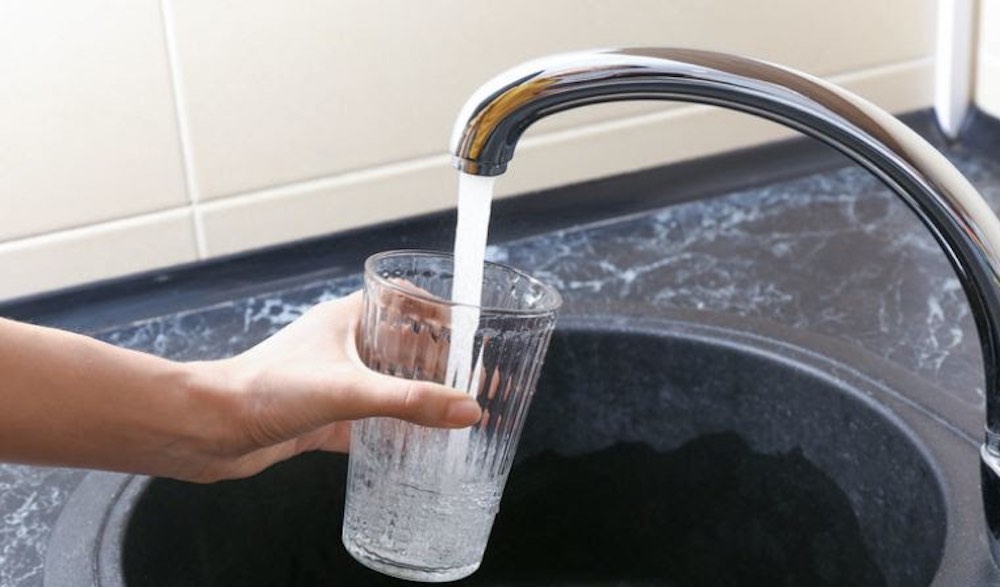In areas of heavy industry, active in manufacturing, shipping, or transportation, such as large cities, water may become easily polluted by chemicals, bacteria, and other contaminants.
Thanks to policies and regulations from the United States Environmental Protect Agency(EPA), the water in our homes is free of harmful contaminants such as suspended solids and bacteria.
In order for water used in highly industrialized areas to be used safely in the home, it has to be disinfected. First, learn the standards of standard drinking water.
Standards for Drinking Water
Under the Safe Drinking Water Act, the public water systems in the U.S. must adhere to certain standards. Drinking water is tested for 90 different possible harmful contaminants every year.
Substances may containment water due to runoff, such as antimony or barium. These must be below a certain percentage of milliliters per liter of water to be deemed safe.
Water Used In Heavy Industry
A lot of water is needed in areas such as manufacturing, construction, paper production, oil, and gas production. The excess water produced by these industries is unusable. It contains unwanted and potentially dangerous chemicals or bacteria.
The toxins left over in the water can be removed to make it safe for drinking or use in other areas.
How is Water Disinfected?
One key way water treatment specialists ensure our drinking water in areas of heavy industry is safe is through a water re-use program. Water re-use programs take unsafe water from factories, plants, construction, and other industries. Through a chemical or physical process, the water is made safe for human use.
Many methods can be used to process industrial water waste. This may include:
• Oxidation: helps control bacterial contamination and lower levels of metals and salts.
• Suspended Solids Removal: physical and chemical separation method to remove suspended solid waste.
• Anion/Cation Removal: a way of lowering containment such as calcium, magnesium, sulfates, and other metals.
• Dissolved Solids Removal: a type of treatment that uses a reverse osmosis system to remove dissolved solids.
• Dissolved Organics Removal: a way of removing and lowering the amount of ethanol, methanol, toluene, naphthalene.
• Dewatering: if water waste from industrial sources cannot be used, it can be filtered and put through a centrifuge. This cuts down on liquid volumes and costs of disposal.
These are valuable ways to turn otherwise unsafe and unusable water into water safe for human use. If it does not meet drink water standards, it can be used in other areas.
Water Re-Use and Treatment Programs
Water re-use programs are a great way of making water waste into a usable resource again. Runoff or waste produced in areas of heavy industry can contain harmful toxins to the human body.
Treating and reusing industrial water is cost-effective and efficient. It is also a great solution to keep up with the increasing demand for freshwater.









